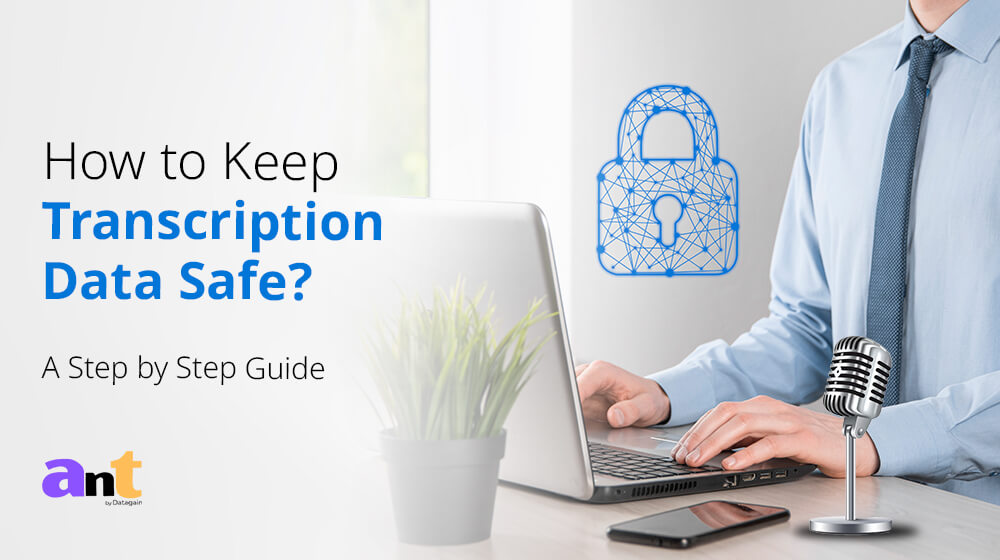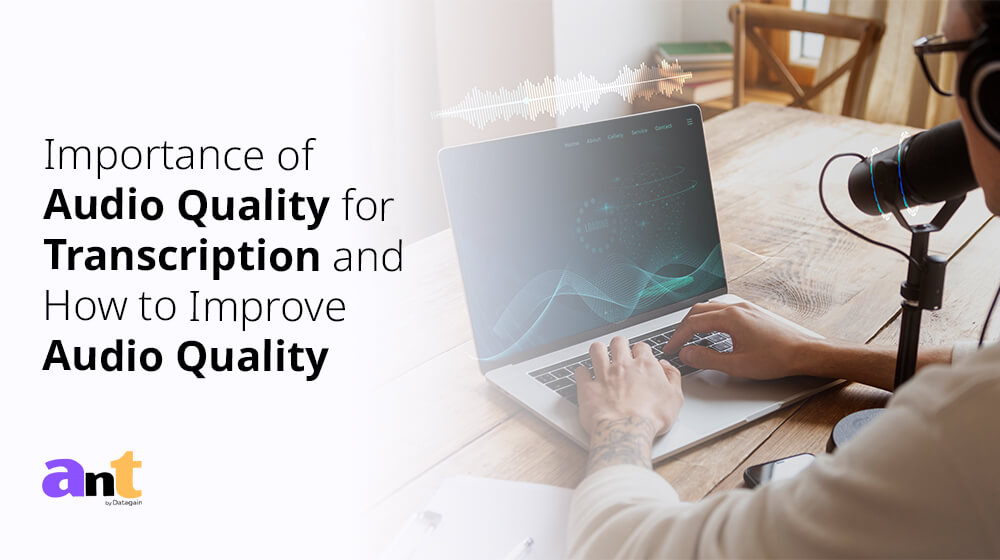Transcription is essential for many businesses and industries, providing an accurate record of conversations, meetings, and other important events. Ensuring the accuracy and quality of transcribed content can be challenging. It requires careful attention to detail and a thorough understanding of best practices and tools for transcription quality assurance.
Here, we will explore some of the best practices and tools for transcription quality assurance and how they can help ensure the accuracy and integrity of transcribed content.
Best Practices for Transcription Quality Assurance
1. Develop clear guidelines and standards
The first step in ensuring transcription quality is to develop clear guidelines and standards for transcribers. These guidelines should include instructions for formatting, grammar, spelling, and other vital transcription elements and should be communicated clearly to all transcribers.
2. Use experienced transcribers
Experienced transcribers can provide higher accuracy and consistency in transcribed content due to their expertise in the field. When selecting transcribers, consider their level of experience and expertise and their track record for accuracy and reliability.
3. Proofread and edit transcriptions:
Proofreading and editing are essential to ensure the accuracy and quality of transcribed content. It should be done by a separate team or individual from the original transcriber to ensure objectivity and prevent bias.
4. Use transcription software with quality assurance features:
Transcription software with quality assurance features can help improve the accuracy and consistency of transcribed content. It involves automatically checking for formatting, spelling, and other critical transcription elements. It can save time and improve the overall quality of transcribed content.
5. Conduct regular training and feedback sessions
Regular training and feedback sessions can help improve the accuracy and quality of transcribed content. It also involves providing transcribers with new skills and techniques and addressing any issues or concerns.
Tools for Transcription Quality Assurance
1. Transcription software with quality assurance features
Many transcription software solutions offer quality assurance features, such as automatic formatting checks, spellcheck, and voice recognition technology. These features can help improve the accuracy and consistency of transcribed content and reduce the time and effort required for manual proofreading and editing.
2. Speech recognition software
Speech recognition software can transcribe audio and video content automatically, using sophisticated algorithms to transcribe spoken words into text accurately. It helps save time and improve the overall accuracy of transcribed content, especially for large volumes of content.
3. Collaboration and feedback tools
Collaboration and feedback tools can facilitate communication between transcribers, editors, and other stakeholders, allowing for real-time feedback and collaboration on transcribed content. It assists in improving the accuracy and consistency of transcribed content and ensures that all stakeholders are on the same page.
4. Quality control software
Quality control software can monitor and track the quality of transcribed content by automatically checking for formatting, grammar, spelling, and other essential transcription parts. It can help identify and address any issues or concerns and ensure that transcribed content meets the required standards for accuracy and quality.
Wrap up
By following best practices for transcription quality assurance and utilizing the right tools, businesses and organizations can ensure that their transcribed content is accurate, consistent, and high-quality. If you are searching for the best transcription service loaded with reliable practices and tools then connect with us. Book your custom quote right away!

















